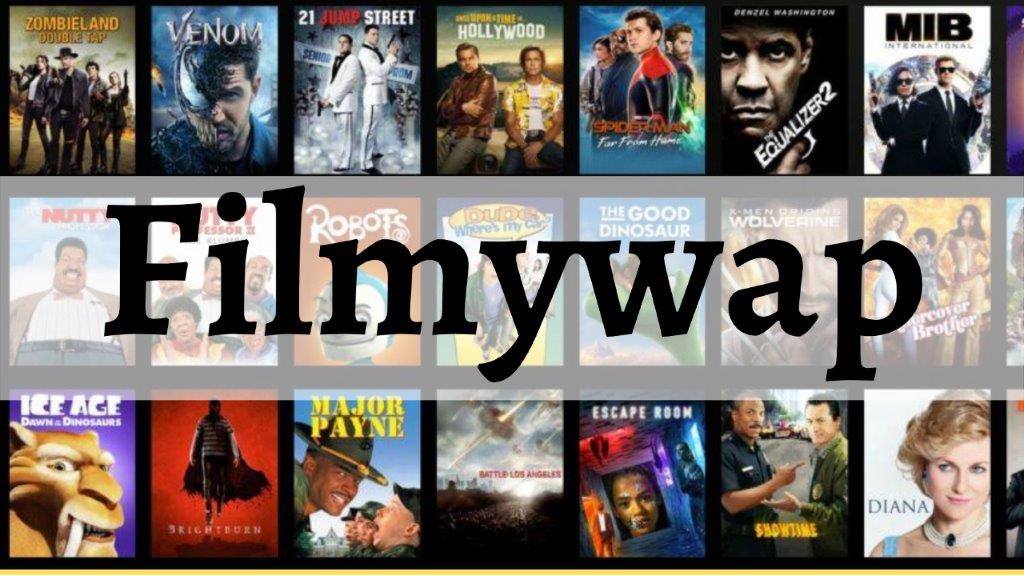Introduction: A New Age of Film Access
The entertainment industry has undergone a dramatic evolution over the past two decades. With digital technology becoming a permanent part of everyday life, movies, once reserved for theaters and TV schedules, are now accessible 24/7 through phones, tablets, and computers. While legal streaming giants like Netflix and Amazon Prime dominate the market, another type of digital platform has emerged—one that thrives on free access, anonymity, and an ever-expanding library of pirated content. One such name that frequently surfaces in this shadow ecosystem is Filmywap.
What is Filmywap and Why It Draws Massive Traffic
Filmywap is a popular piracy website known for offering free downloads of newly released Bollywood, Hollywood, South Indian, and regional Indian films. It also includes dubbed versions of foreign films and even a selection of TV shows and web series. The platform has found immense popularity due to its simple interface, wide-ranging content, and the fact that users can watch or download without any payment or subscription.
The site is often updated rapidly with new titles, sometimes leaking big-budget films just hours after their release. Its real appeal lies in the promise of instant gratification—entertainment at your fingertips without the constraints of payment or availability. This allure, however, is fraught with legal, ethical, and cybersecurity issues that most users tend to overlook.
The Mechanics Behind Filmywap’s Operations
Filmywap operates through a network of domains and mirror sites, which help it evade bans and takedowns. When one version of the site is shut down, another pops up under a slightly different name or domain extension. These domains often host the content on offshore servers, making them difficult to regulate or legally pursue from jurisdictions like India, the US, or the UK.
The platform uses aggressive search engine optimization (SEO) tactics to remain visible on search engines, and it frequently monetizes its traffic through intrusive ads, pop-ups, and potentially harmful redirects. While users are drawn in by the promise of free content, they may unknowingly expose themselves to malware, phishing attacks, and data theft.
Legal and Ethical Implications of Using Filmywap
Accessing or distributing copyrighted content without proper authorization is illegal in many countries, including India. According to the Indian Copyright Act and IT Act, those caught uploading, downloading, or distributing pirated content can face fines and even imprisonment. Though enforcement is often lax on the user end, the creators and distributors of these piracy websites are regularly targeted by law enforcement agencies.
Ethically, the impact is no less significant. Filmmakers, actors, technicians, and countless behind-the-scenes workers rely on box office and digital revenue to sustain their careers. Piracy directly eats into their earnings and limits the budget and scope for future creative projects. By downloading pirated content, users are inadvertently supporting a system that undermines the very industry they enjoy.
Why People Still Choose Piracy Despite the Risks
Despite growing awareness of piracy’s legal and ethical concerns, millions continue to use platforms like Filmywap. Several reasons explain this continued demand:
- Financial Constraints: Not everyone can afford multiple OTT subscriptions.
- Limited Access: Some movies or series may not be available in certain countries or regions.
- Slow Legal Releases: Users don’t want to wait weeks or months for a movie to appear legally.
- Lack of Digital Literacy: Many users are unaware of the consequences or don’t consider piracy a serious offense.
These reasons reveal not just a flaw in user choices, but also highlight an opportunity for content providers to bridge the accessibility and affordability gap.
The Battle Between Content Creators and Pirates
Filmywap is just one of many piracy platforms, but it symbolizes a larger battle between content creators and digital pirates. Major film studios and streaming services are investing heavily in anti-piracy technologies, such as watermarking, digital rights management (DRM), and AI-driven monitoring systems to detect and take down illegal uploads.
Moreover, governments around the world have begun collaborating with Internet Service Providers (ISPs) to block access to known piracy sites. However, the cat-and-mouse game continues, with new domains and tactics emerging to bypass every blockade.
The Shift Toward Legal Alternatives
Interestingly, the rise of piracy has spurred innovation in the legal entertainment sector. Several platforms now offer affordable and even free (ad-supported) access to movies and shows. Platforms like YouTube, MX Player, and Hotstar in India have introduced content at various price points or even for free, aiming to compete with illegal services.
The expansion of regional content, dubbed films, and low-data consumption features are some strategies being used to draw users away from piracy. These developments show that while Filmywap-type platforms thrive on gaps in accessibility, legitimate services are learning to close those gaps.
What Users Can Do: Ethical Viewing in the Digital Age
Consumers hold immense power in shaping the future of entertainment. By choosing legal platforms over piracy, they help support the film and content industry in a sustainable way. Here are a few steps individuals can take:
- Use Legal Streaming Services: Many offer free trials or low-cost subscription models.
- Support Indie Creators: Watch and share content from independent artists on platforms like Vimeo, YouTube, and regional OTT apps.
- Report Piracy: Some authorities and production houses allow users to report piracy websites or illegal leaks.
- Educate Others: Share knowledge about the harm piracy causes to encourage responsible viewing.
Conclusion: A Critical Juncture in Digital Entertainment
Filmywap is a clear reflection of both the progress and pitfalls of the digital age. It illustrates the demand for fast, affordable, and diverse content access, while also reminding us of the thin line between convenience and violation. The future of entertainment depends not only on regulation and technology but also on the decisions of individual users.
The good news? Ethical, affordable, and high-quality content is more accessible today than ever before. The challenge lies in shifting mindsets and building a culture that values creativity enough to protect and support it.
